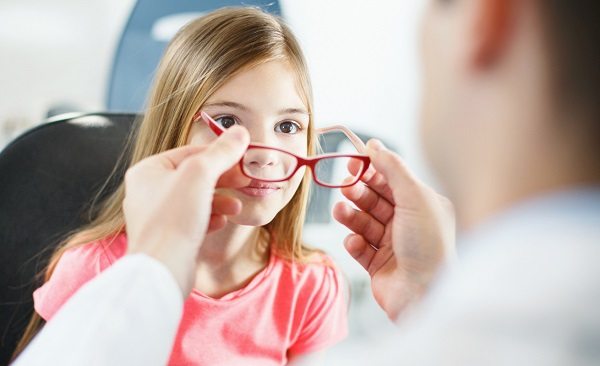Many children’s vision problems can go undetected until later stages in their childhood. If you notice your child doing any of the following while playing, then it could be a sign that they need glasses.
Squinting
When we squint, our vision is temporarily improved by narrowing the size of the image cast to the back of our retinas. This can compensate for a child’s fuzzy or blurry vision.
Holding a book or objects close to their face
Placing objects as close to their eyes as possible can be a sign of nearsightedness in a child. Nearsighted people have clear vision at close range, and poor vision at a distance. Moving an object closer to the eyes brings the object into sharper focus.
Headaches, nausea or dizziness
Children who are farsighted will often compensate for their blurry vision by tensing the muscles in their head causing aching, stress and dizziness.
Excessive clumsiness
It may seen like an obvious one, but children with poor eyesight can often bump into things, trip and not have good spatial awareness, especially as they get older and develop physically.
Tilting head to one side
Tipping the head to one side can be a sign of muscle imbalance causing double vision. When the child tips their head it can minimise the double vision and help to manage it.
Excessive tearing
A lot of children can have lagophthalmos, which is a condition where children’s eyes are dry due to them not closing completely when they sleep. This can cause excessive tearing during the day, which can interfere with vision.
Light sensitivity
Exotropia is a condition where the child is sensitive to bright lights. This can cause them to squint, or to use one eye when exposed to bright light.
If you’ve notice any of the above signs or think your child might need glasses don’t hesitate to contact your GP or medical care team.
For more information on children’s eye care see here!
maternity&infant
Originally posted 2017-02-23 12:12:07.








